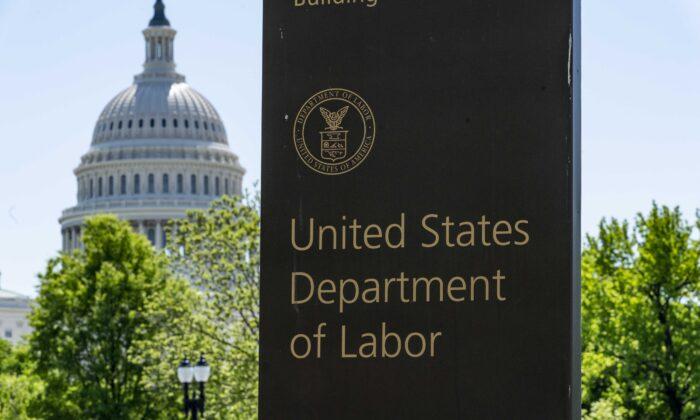Millions of Americans are set to lose their federal pandemic unemployment benefits as the Sept. 6 deadline marking the end of the emergency programs approaches. States are showing no signs of extending the benefits, amid surging demand for workers.
Treasury Secretary Janet Yellen and Labor Secretary Martin Walsh told congressional leaders in an Aug. 19 letter that states can tap federal pandemic-related funds allocated under the American Rescue Plan Act to extend unemployment aid.
“There are some states where it may make sense for unemployed workers to continue receiving additional assistance for a longer period of time, allowing residents of those states more time to find a job in areas where unemployment remains high,” the letter reads.
“The Delta variant may also pose short-term challenges to local economies and labor markets.”
Thus far, however, states haven’t appeared to be moving to extend or provide benefits of their own, according to CNBC’s “Make It,” which received responses from labor departments in 20 states. According to the outlet, the states confirming a lack of plans to extend benefits include Alabama, Alaska, Arkansas, California, Hawaii, Iowa, Louisiana, Maryland, Michigan, Mississippi, Nebraska, North Dakota, Oregon, Pennsylvania, Tennessee, Utah, Virginia, West Virginia, Wisconsin, and Wyoming.

Lawmakers in March 2020 established three new programs with the passage of the Coronavirus Aid, Relief, and Economic Security (CARES) Act: Pandemic Unemployment Assistance (PUA), covering workers typically ineligible for regular state unemployment insurance benefits, including freelancers and gig workers; Pandemic Emergency Unemployment Compensation (PEUC), providing additional coverage beyond the regular 26 weeks most states provide; and Federal Pandemic Unemployment Compensation—the $300 weekly boost added to state benefits.
The deadline comes as the spread of the Delta variant has led economists to trim their forecasts for growth in the current quarter, though analysts still believe if COVID-19 cases fall in the final months of 2021, the country will experience its strongest growth in decades.
The Commerce Department data also show consumer spending in July grew by a tepid 0.3 percent, a far slower pace than the 1.1 percent pace of growth in the prior month and a sign that the economic recovery may be losing steam in the third quarter.
Consumer spending is a key driver of the U.S. economy, accounting for around two-thirds of economic output.
Another cloud on the economic recovery horizon is a sharp drop in consumer sentiment. The University of Michigan’s consumer sentiment index fell to 70.3 in August, the lowest level since 2011.
“Consumers’ extreme reactions were due to the surging Delta variant, higher inflation, slower wage growth, and smaller declines in unemployment,” Richard Curtin, the survey director, said in a statement. “The extraordinary falloff in sentiment also reflects an emotional response, from dashed hopes that the pandemic would soon end and lives could return to normal.”
A separate sentiment gauge, published by The Conference Board, shows U.S. consumer confidence fell in August to its lowest level in six months, driven by concerns about the spread of the Delta variant and surging prices.
“Consumer confidence retreated in August to its lowest level since February 2021 (95.2),” Lynn Franco, senior director of economic indicators at The Conference Board, said in a statement. “Concerns about the Delta variant—and, to a lesser degree, rising gas and food prices—resulted in a less favorable view of current economic conditions and short-term growth prospects.”
Two other Conference Board gauges, one assessing current economic conditions and the other reflecting consumers’ future outlook over the short-term, also declined.





